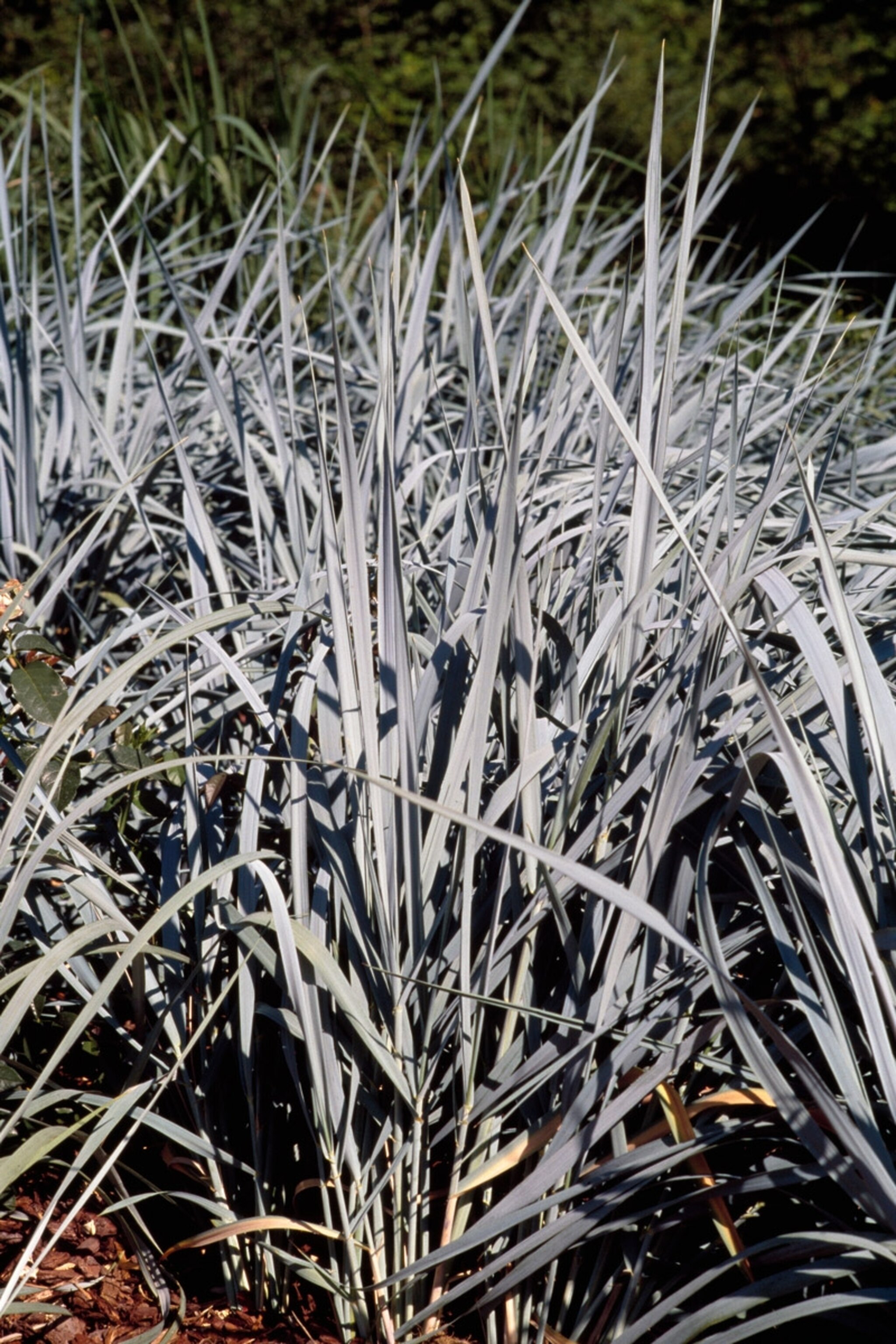
How gardening with native plants can teach kids eco-stewardship
Plus, suggestions for habitat-friendly shrubs and flowers wherever you live
Over the past year, Anne King and her five-year-old daughter have grown native plants in their Portland, Oregon, yard to attract wildlife like birds. Although she knows that gardening can be beneficial for childhood development and overall well-being, gardening with native species—plants that occur naturally in a place without human assistance—can go even further, introducing children to complex concepts like ecosystems, pollinators, and biodiversity.
Even better: Because they’ve naturally existed in a habitat for thousands of years, native plants are adapted to that habitat’s soil and weather, and are more resistant to pests. That makes them more environmentally friendly. According to the U.S. Forest Service, native plants don’t need as much watering (which helps prevent erosion) or fertilizers and pesticides. They also attract important pollinators that transfer pollen from plant to plant, supporting both human food production and prey animals like birds.
And once children understand the importance of native plants to an environment, tending to them empowers kids to protect habitats and biodiversity. “Native plants have the power to nurture and inspire kids,” says Jen Aguilar, education program coordinator for the California Native Plant Society. “It allows them to see themselves playing a role in the protection of nature.”
Establishing a native garden in your backyard needs a bit of research and planning. But the good news is that gardens thrive when plants are put where they’re meant to be. Get your family started with these easy tips—and a few suggestions for native plants, no matter where you live.
Get digging
First, consider how much space your backyard has to support new native plants—whether they’re grass, flowers, or shrubs. Another factor is how much sun the area gets, and when. Then check out searchable databases like the National Wildlife Federation’s Native Plant Finder to find out which native plants grow in your area.
Don’t feel like you need to overhaul the entire yard at once. Sue Leahy, native plants manager for Greenscape Gardens Nursery in St. Louis, says mixing in one or two native plants with a yard of cultivars, or non-native species, is perfectly fine. For really small spaces, plant flowers in a pot or window box that will attract local pollinators.
What to plant by region
Where you live—as well as the region’s climate—will often determine which native plants will thrive. Consider these suggestions for grasses, shrubs, and flowers to start planning a native garden wherever you are.
The Northeast (humid with cold winters and hot summers)



The South (ranges from subtropical and humid in the east and drier in the west.)



The Midwest (humid with a huge seasonal range in temperatures and rain year-round)



The Southwest (sunny and arid, with high temperatures in the summer)



The Northwest (mild temperatures with cool, wet winters and warm, dry summers)



Fun with native plants
Try these activities to keep kids engaged with the gardening process and help them understand things like biodiversity.
Design-a-garden. Landscape designers often suggest making a map of your garden, so challenge kids to draw a diagram of your yard, then fill in colors they’d like to see. (Sites such as the Lady Bird Johnson Wildflower Center and the Native Plant Trust allow a wildflower search by color.)
Forget the basic seed drop. Instead of simply dropping seeds into the dirt, try making seedballs or seedtape to get plants started. A simple egg-carton plot can also be fun.
Cycle through it. As plants progress, challenge kids to chronicle the plant’s life cycle. Every day, week, or month, have them write, draw, or even photograph their observations. They can also make a chart of the plant’s growth.
Try a scavenger hunt. Once the garden begins to bloom, set kids off on a scavenger hunt. Have younger children find simple items like a big leaf, something fuzzy, or a round seed. Older children can identify the different insects and animals the native plants attract.
No-bore chores. Add some fun to everyday gardening tasks. For instance, engage kids with a daily weeding blitz to see who can pull the most weeds in 10 minutes. Or make watering an adventure using a hose with different nozzle-spray patterns.
Welcome, pollinators! Many pollinator species are in decline, so coax them to your native garden with a crafty bee condo or butterfly puddler.
Share the seeds. Most seeds are ready to harvest about a month after flowers fade. On a day when the plants are dry, gather the seeds and remove any debris, pods, or husks. Keeping seed species separate, let them dry on paper plates for a week, then put them into an airtight container with the name, date, color, and height of the plant. (Some kids might want to attach a photo of the full-grown plant they took during the season.) Share them with friends and family, or save them for next year’s garden.



